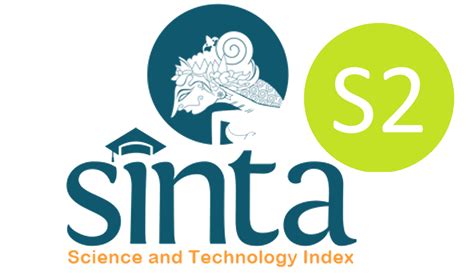Jurnal Pendidikan Geografi: Kajian, Teori, dan Praktek dalam Bidang Pendidikan dan Ilmu Geografi
Abstract
East Likupang, designated by the central government as a Special Economic Zone, is located on the North Arm of Sulawesi. Tectonically, this region situated in close proximity to several earthquake sources, such as the North Sulawesi Subduction, Molluca Sea Double Collision, Cotabato trench and several other active faults. This research aims to assess the risk of earthquake disasters using the Probabilistic method approach. The Probabilistic Seismic Hazard Analysis (PSHA) method was employed in seismic risk hazard analysis to quantify earthquake risk. This approach was selected due to the creation of a probability distribution function that accounts for and integrates uncertainties in the magnitude, location, and frequency of earthquake events to produce a comprehensive picture of the overall risk for the target site. The seismic source models employed in this study encompassed background, fault and subduction (megathrust). The modeling results indicate that an earthquake's peak ground acceleration (PGA) at a 10 percent probability of being exceeded in 50 years at a return period of 475 years is 0.27 g. This conclusion has been drawn following the several theories of earthquake sources, including shallow earthquake sources with magnitude of 0.24 g, deep earthquake sources with magnitude of 0.13 g, fault earthquake sources with magnitude of 0.22 g, and megathrust earthquake sources with magnitude of 0.08 g. The results of the hazard curve analysis suggest that the most frequent earthquakes are deep earthquakes with a depth of 50-300 km, while those that provide the greatest hazard are shallow background and faults.
Recommended Citation
Pasau, Guntur; Tamuntuan, Gerald H.; Tanauma, Adey; and Islam, Shafi Noor
(2024)
"Probabilistic seismic hazard analysis for East Likupang Special Economic Zones, North Sulawesi,"
Jurnal Pendidikan Geografi: Kajian, Teori, dan Praktek dalam Bidang Pendidikan dan Ilmu Geografi: Vol. 29:
No.
2, Article 1.
DOI: https://doi.org/10.17977/um017v29i22024p106-120
Available at:
https://citeus.um.ac.id/jpg/vol29/iss2/1




